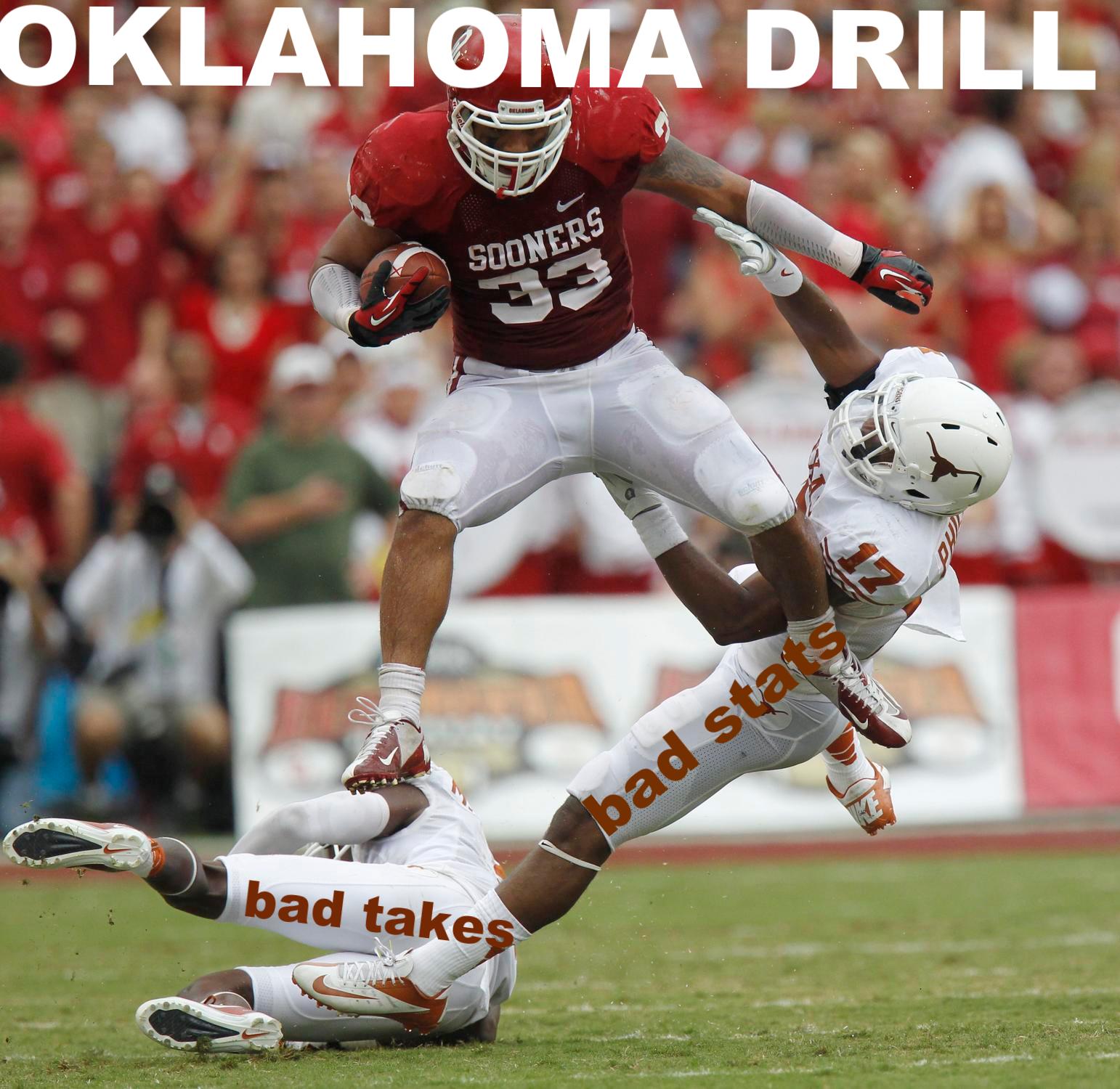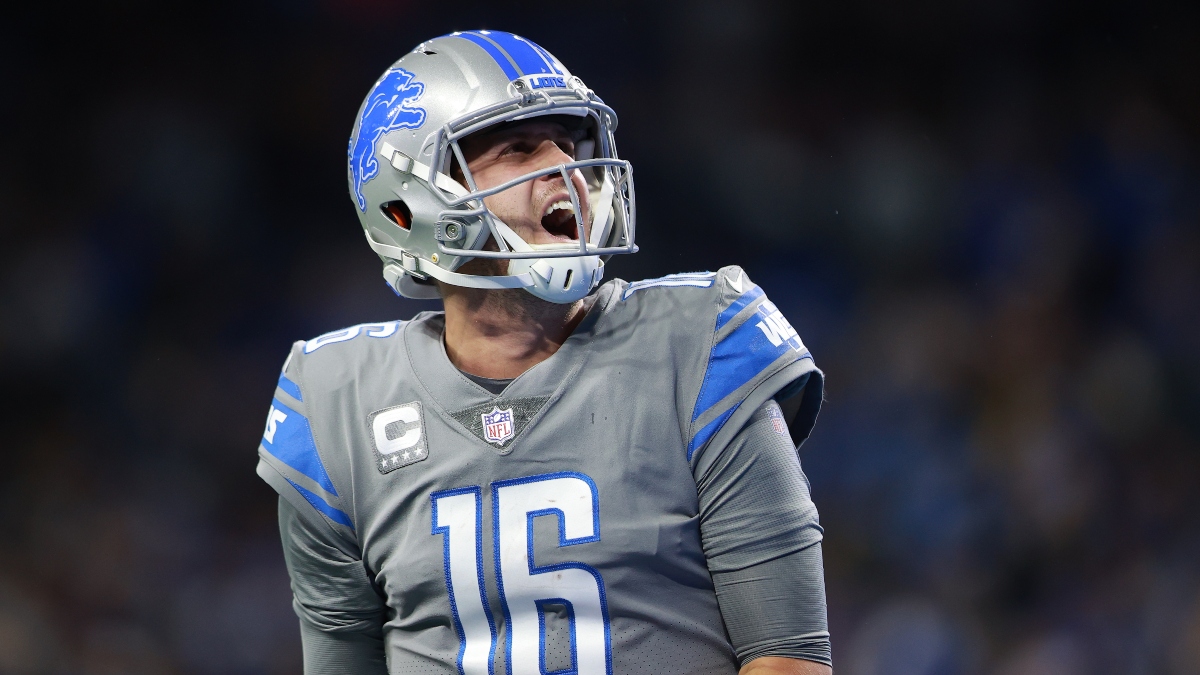What Is Oklahoma Drill

The Oklahoma drill, also known as the “Oklahoma tackling drill” or simply “Oklahoma,” is a full-contact football drill designed to teach and practice tackling, blocking, and ball carrying skills in a highly physical and competitive manner. The drill has been a staple in American football, particularly at the high school and college levels, for decades, with its origins often attributed to the University of Oklahoma, hence the name.
Structure of the Drill
The Oklahoma drill typically involves three players: a ball carrier, a defender, and a blocker. The setup can vary, but the most common configuration is as follows:
- The Ball Carrier: This player starts with the football.
- The Blocker: Positioned a few yards away from the ball carrier, often in a three-point stance or standing, ready to block the defender.
- The Defender: This player is positioned opposite the blocker, ready to tackle the ball carrier.
The drill begins with the ball carrier attempting to run past the blocker and the defender, who must then try to tackle the ball carrier to the ground. The blocker’s job is to block the defender, allowing the ball carrier a clear path. This setup is designed to simulate game conditions where a runner must evade tackles while blockers attempt to clear a path.
Objectives and Benefits
The primary objectives of the Oklahoma drill include:
- Improving Tackling Technique: Defenders learn proper tackling form, including leading with the shoulder, wrapping up, and driving through the ball carrier.
- Enhancing Blocking Skills: Blockers practice engaging defenders, using proper blocking technique to seal them off from the ball carrier.
- Developing Ball Carrying Skills: Ball carriers learn to recognize blocks, make cuts, and protect the football while running through traffic.
This drill is beneficial for teaching physical football skills, but it also emphasizes the importance of toughness, aggressiveness, and competitiveness. Players learn to be physical without being reckless, developing a mindset that is crucial for success in contact sports.
Safety Considerations
In recent years, the Oklahoma drill has faced criticism and scrutiny due to concerns over player safety, particularly regarding the risk of concussion and other injuries. As a result, many football programs and leagues have modified the drill to reduce contact or have implemented alternative drills that focus on technique without full tackling to the ground.
The USA Football organization, for example, recommends modifying full-contact drills like the Oklahoma drill to minimize the risk of injury. This can include focusing on proper tackling and blocking techniques in a controlled, non-full-contact environment or using equipment such as pads and helmets designed to reduce impact.
Evolution and Alternatives
Given the safety concerns, football coaches and trainers are continually evolving their training methods to balance the need for physicality and competitiveness in football with the necessity of protecting player health. New drills and training technologies are being developed to simulate game scenarios without the full-contact nature of traditional drills like the Oklahoma.
In summary, the Oklahoma drill is a traditional football training method aimed at honing critical skills such as tackling, blocking, and ball carrying. While its value in teaching fundamental football skills is undeniable, its implementation must be carefully considered to ensure player safety, reflecting the evolving approach to football training that prioritizes both effectiveness and safety.



